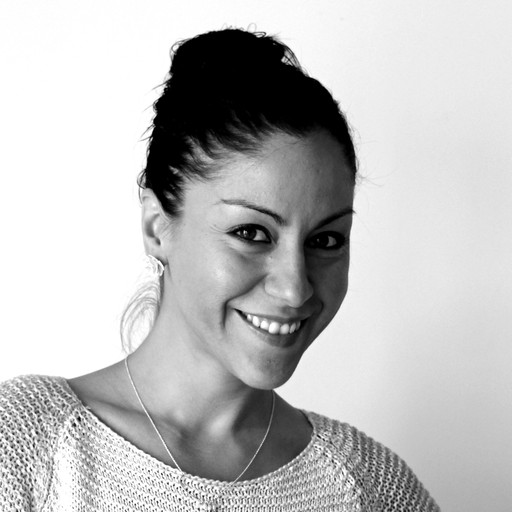Examples of contemporary performing art works that celebrate Romani culture and heritage can be found in various countries. This collection examines the work of the contemporary Romani dance artists Isaac Blake and Rosamaria E. Kostic Cisneros, both of whom live in the UK. Blake is curator of the ‘Dance’ section of the RomArchive as well as director of the Romani Cultural and Arts Company, a charity based in Cardiff, Wales. Cisneros is a member of the editorial team for the ‘Dance’ section of the RomArchive and works at the Centre for Dance Research at Coventry University, England; she has her own production company – RosaSenCis Film Productions.
While this collection focuses on the work of Blake and Cisneros as UK-based dancers and choreographers, it briefly discusses other initiatives in the UK that use Romani dance and the other arts to educate both Roma and non-Roma alike, including the Roma Support Group and the Romany Theatre Company.









